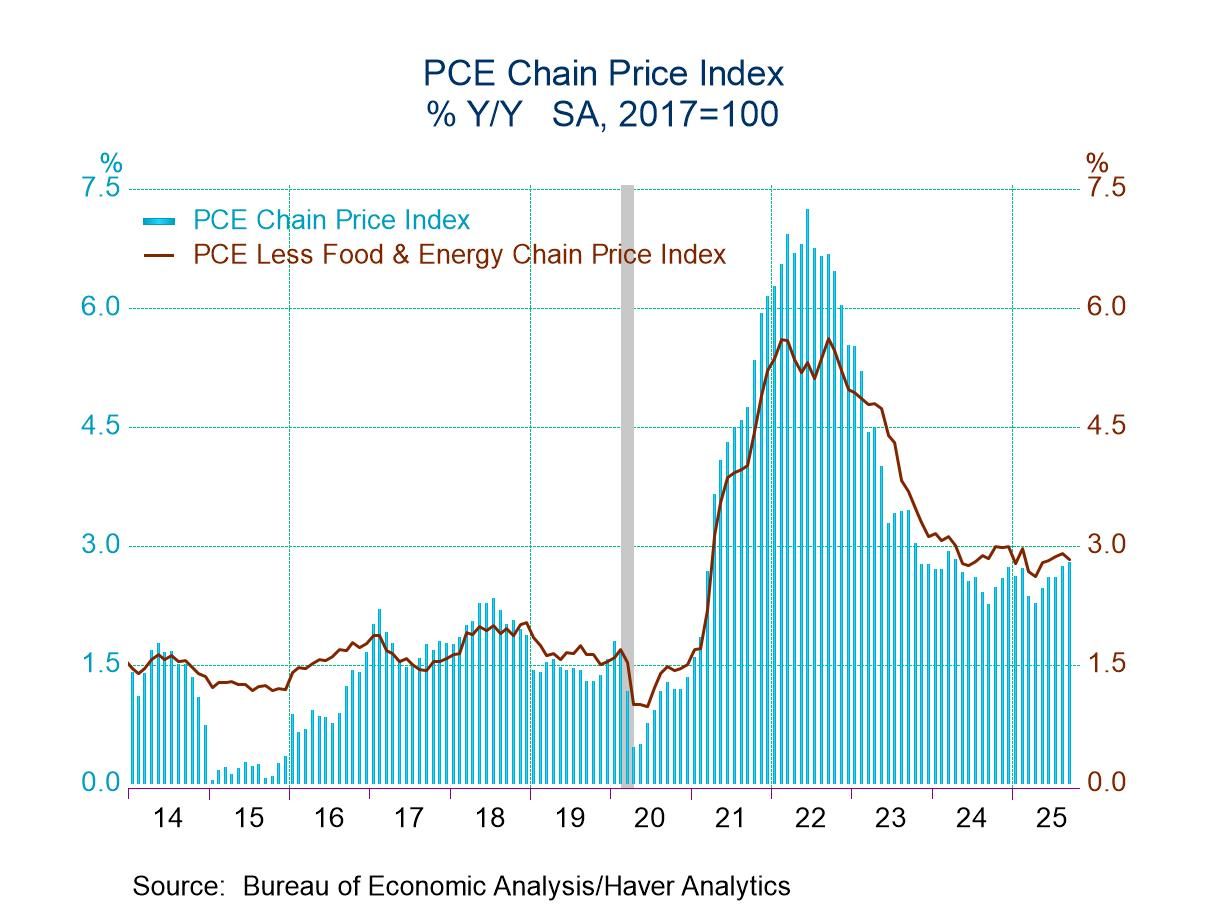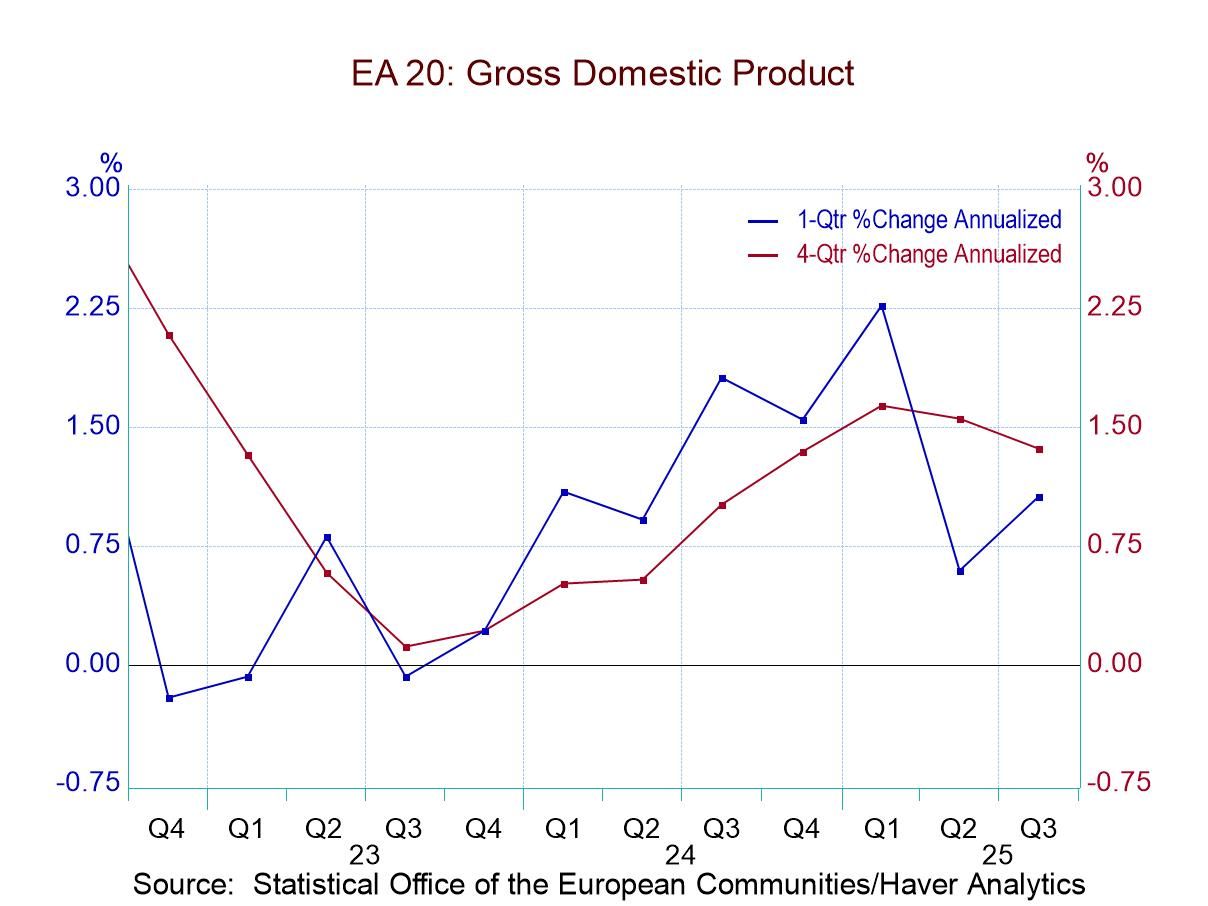 Asia| Feb 05 2024
Asia| Feb 05 2024Economic Letter From Asia: On Supply Chains
In this week's letter, we evaluate recent developments in Asia’ supply chains and trade. First, we analyze the consequences of ongoing disturbances in the Red Sea, observing a temporary reduction in freight and bunker fuel prices following their initial surges. Our discussion then turns to the potential effects of these developments on Asia, highlighting that supplier lead times have remained largely unaffected thus far. We further investigate the breakdown of geographical sources of imports for the region, pointing out that the predominance of intra-Asia trade could serve as a buffer against disruptions in sea routes elsewhere. We also expand our analysis to include a wider perspective on the semiconductor industry, recognizing Asia's contribution to the resurgence in global sales. Finally, we shed light on the varying growth rates of semiconductor exports among Asian countries.
Impacts of Red Sea disruptions so far The Baltic Dry Index (BDI), a composite of dry bulk shipping costs, surged to historic highs during the initial waves of Houthi attacks in early December (chart 1). That said, the index quickly normalized after sentiment stabilized and as shipment re-routings were underway. In contrast, the Drewry World Container Index (WCI), which captures shipping costs associated with eight major east-west routes, only surged in early January. The surge was driven by costs relating to routes that often require passage through the Red Sea (e.g., between Shanghai and western cities). Nonetheless, the WCI has already started to show signs of peaking, as prices moderated in early February.
Chart 1: Global shipping costs

The cost of certain bunker fuels has risen recently as well, as ship re-routings away from the Red Sea spurred refueling demand (chart 2). Specifically, prices of Very Low Sulphur Oil (VLSFO) rose by 4.2% at the end of January relative to average 2023 levels, while Intermediate Fuel Oil (IFO) firmed by 1.6%. The surge in bunker prices varied across fuel types and regions, with VLSFO prices having peaked slightly higher in the Asia Pacific, while Marine Gas Oil, reached a higher top in Europe, the Middle East, and Africa (EMEA). However, as with the case of broader shipment costs, bunker fuel prices have already begun to retrace their earlier climb.
Chart 2: Bunker prices

Impacts on Asia Zooming in on the impacts of the Red Sea disruptions on Asia, manufacturing PMI surveys indicate muted impediments to supplier delivery times so far. Rather, delivery times remain just above the neutral level of 50 for China and the ASEAN region (chart 3). Meanwhile, more advanced Asian economies continue to face mildly longer deliveries from suppliers. The survey results stand in contrast to those of certain Western economies (e.g., the United Kingdom), where supplier shipments have started to lengthen significantly.
Chart 3: Manufacturing supplier delivery times for Asia

An examination of Asia’s geographical import sources reveals a possible explanation for the absence of meaningful supply side problems so far. As shown in chart 4, most major Asian economies import the bulk of their goods from peers within the Asia Pacific (APAC) region. As such, Asia’s relatively high concentration of APAC-based import sources helps cushion first-round impacts from supply chain disruptions elsewhere. Furthermore, the economies often import less than 20% of their foreign goods from major Western economies, much of which are not shipped via the Red Sea. With that said, Asia is not entirely immune to continued disruptions. For instance, Asia’s overall growth rate may suffer should shipments to Western markets slow more significantly.
Chart 4: Asia’s share of imports by source

Some bright spots Looking now to some brighter spots, the global semiconductor sector took a turn for the better recently, as global sales returned to growth in November (chart 5). The increase was driven by 7.4% y/y growth in the Asia Pacific, excluding Japan, with significant contributions from China. Meanwhile, Japan’s semiconductor sales moderated by 2.8%. Looking ahead, several major producers have expressed optimism about the outlook this year, banking on a robust turnaround in global chip demand.
Chart 5: Semiconductor sales

With that said a concerted growth recovery in Asia’s semiconductor exports has not yet materialized. While several advanced Asian economies have seen semiconductor export declines slow lately, South Korea remains the only one among peers posting robust growth. In contrast, other Asian economies such as Malaysia and Thailand continue to suffer from falling sales. The divergence in export growth trends may stem from the economies’ relative positioning in global value chains, and comparative semiconductor product and process specializations, among other factors.
Chart 6: Asia’s semiconductor-related exports

Tian Yong Woon
AuthorMore in Author Profile »Tian Yong joined Haver Analytics as an Economist in 2023. Previously, Tian Yong worked as an Economist with Deutsche Bank, covering Emerging Asian economies while also writing on thematic issues within the broader Asia region. Prior to his work with Deutsche Bank, he worked as an Economic Analyst with the International Monetary Fund, where he contributed to Article IV consultations with Singapore and Malaysia, and to the regular surveillance of financial stability issues in the Asia Pacific region.
Tian Yong holds a Master of Science in Quantitative Finance from the Singapore Management University, and a Bachelor of Science in Banking and Finance from the University of London.






